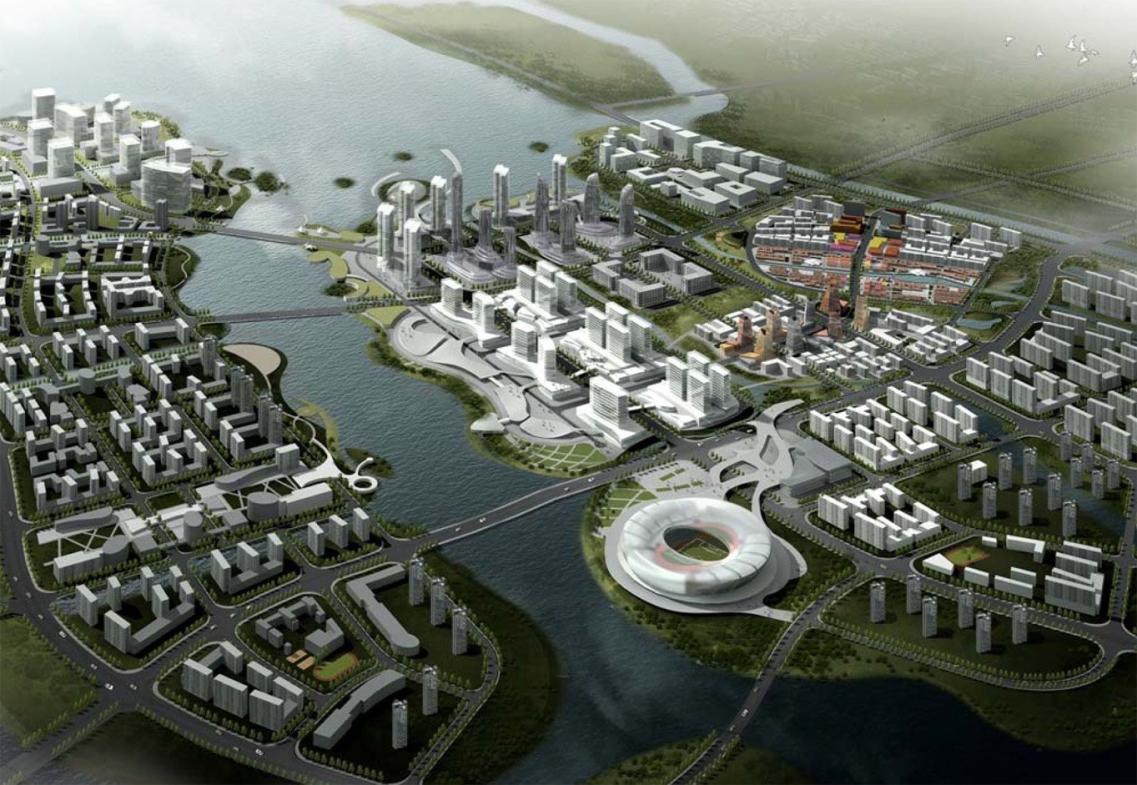Evaluating the Effectiveness of Satellite Data for Urban Resilience Planning
As urbanization continues to accelerate and climate change poses new challenges, cities around the world are increasingly turning to urban resilience planning to ensure their long-term sustainability and well-being. Satellite data plays a crucial role in supporting urban resilience planning by providing valuable information and insights that can help decision-makers make informed choices. This article explores the applications, benefits, limitations, and future directions of satellite data in urban resilience planning.

Satellite Data For Urban Resilience Planning
Satellite data encompasses a wide range of information collected from satellites orbiting the Earth. These data can be categorized based on the type of sensor used, the data acquisition platform, and the data processing techniques employed.
- Types of Satellite Data:
- Optical data: Provides visible and near-infrared imagery, useful for land use and land cover mapping.
- Radar data: Penetrates clouds and darkness, enabling infrastructure mapping and disaster monitoring.
- LiDAR data: Provides high-resolution elevation data, valuable for flood risk assessment and topographic mapping.
- Hyperspectral data: Captures detailed spectral information, useful for environmental monitoring and vegetation analysis.
- Data Acquisition Platforms:
- Satellites: Provide global coverage and consistent data collection.
- Drones: Offer high-resolution imagery for local-scale planning.
- Aircraft: Enable rapid data acquisition for emergency response.
- Data Processing Techniques:
- Image processing: Enhances and analyzes raw satellite imagery.
- Classification: Assigns pixels to specific land cover or land use categories.
- Change detection: Identifies changes in land cover or land use over time.
Applications Of Satellite Data In Urban Resilience Planning
Satellite data finds numerous applications in urban resilience planning, including:
- Land Use and Land Cover Mapping: Satellite data helps identify urban areas, green spaces, impervious surfaces, and other land cover types, informing land use planning and urban expansion management.
- Urban Expansion Monitoring: Satellite data enables tracking urban growth patterns and identifying areas at risk of sprawl, supporting sustainable urban development.
- Infrastructure Mapping and Monitoring: Satellite data aids in mapping and assessing the condition of critical infrastructure, such as roads, bridges, and power lines, facilitating infrastructure maintenance and resilience planning.
- Environmental Monitoring: Satellite data provides information on air quality, water quality, and vegetation health, helping cities address environmental challenges and promote sustainable urban living.
- Disaster Risk Assessment and Management: Satellite data assists in identifying areas vulnerable to natural disasters, such as floods, earthquakes, and wildfires, enabling proactive disaster preparedness and response planning.
Benefits And Limitations Of Satellite Data For Urban Resilience Planning

Satellite data offers several benefits for urban resilience planning:
- Wide Spatial Coverage and High Temporal Resolution: Satellites provide global coverage, allowing for comprehensive urban monitoring. Additionally, satellites can collect data frequently, enabling change detection and monitoring of dynamic urban environments.
- Objective and Consistent Data: Satellite data is collected using standardized methods, ensuring consistency and objectivity. This facilitates data comparison and analysis across different cities and regions.
- Cost-effectiveness: Satellite data is often more cost-effective compared to traditional data collection methods, such as field surveys or aerial photography.
However, satellite data also has some limitations:
- Cloud Cover and Atmospheric Conditions: Cloud cover and atmospheric conditions can affect the quality and availability of satellite data, particularly for optical sensors.
- Limited Ability to Collect Data on Certain Parameters: Satellite data may not be able to collect data on certain parameters, such as social and economic indicators, which are crucial for comprehensive urban resilience planning.
- Data Processing and Analysis: Processing and analyzing satellite data can be complex and time-consuming, requiring specialized expertise and resources.
Case Studies And Best Practices

Numerous cities worldwide have successfully utilized satellite data for urban resilience planning. For instance:
- Singapore: Singapore has used satellite data to monitor urban expansion, identify vulnerable areas, and plan for sustainable development.
- London: London has employed satellite data to map urban heat islands, assess air quality, and develop strategies to mitigate the impacts of climate change.
- New York City: New York City has leveraged satellite data to identify flood-prone areas, prioritize infrastructure upgrades, and enhance disaster preparedness.
Future Directions And Recommendations
The future of satellite data in urban resilience planning holds promising opportunities:
- Emerging Technologies: Advances in satellite technology, such as miniaturization and improved sensors, are enabling the collection of more detailed and accurate data.
- Big Data and Artificial Intelligence: The integration of satellite data with big data analytics and artificial intelligence techniques can enhance data processing, analysis, and decision-making.
- Open Data and Collaboration: Increasingly, satellite data is being made openly accessible, fostering collaboration among researchers, policymakers, and urban planners.
To fully unlock the potential of satellite data for urban resilience planning, the following recommendations are essential:
- Policy Support: Governments and policymakers should recognize the value of satellite data and support its use in urban resilience planning through policies and funding.
- Capacity Building: Training and capacity-building programs should be provided to equip urban planners and decision-makers with the skills and knowledge necessary to utilize satellite data effectively.
- Data Integration and Standardization: Efforts should be made to integrate satellite data with other data sources and establish standardized data formats and protocols to facilitate data sharing and analysis.
Satellite data plays a vital role in supporting urban resilience planning by providing valuable information and insights for decision-makers. As cities continue to face the challenges of urbanization and climate change, satellite data will become increasingly essential for building more resilient and sustainable urban environments. By harnessing the power of satellite data, cities can make informed choices, mitigate risks, and adapt to changing conditions, ultimately enhancing the well-being of their residents and ensuring a brighter future.
YesNo

Leave a Reply